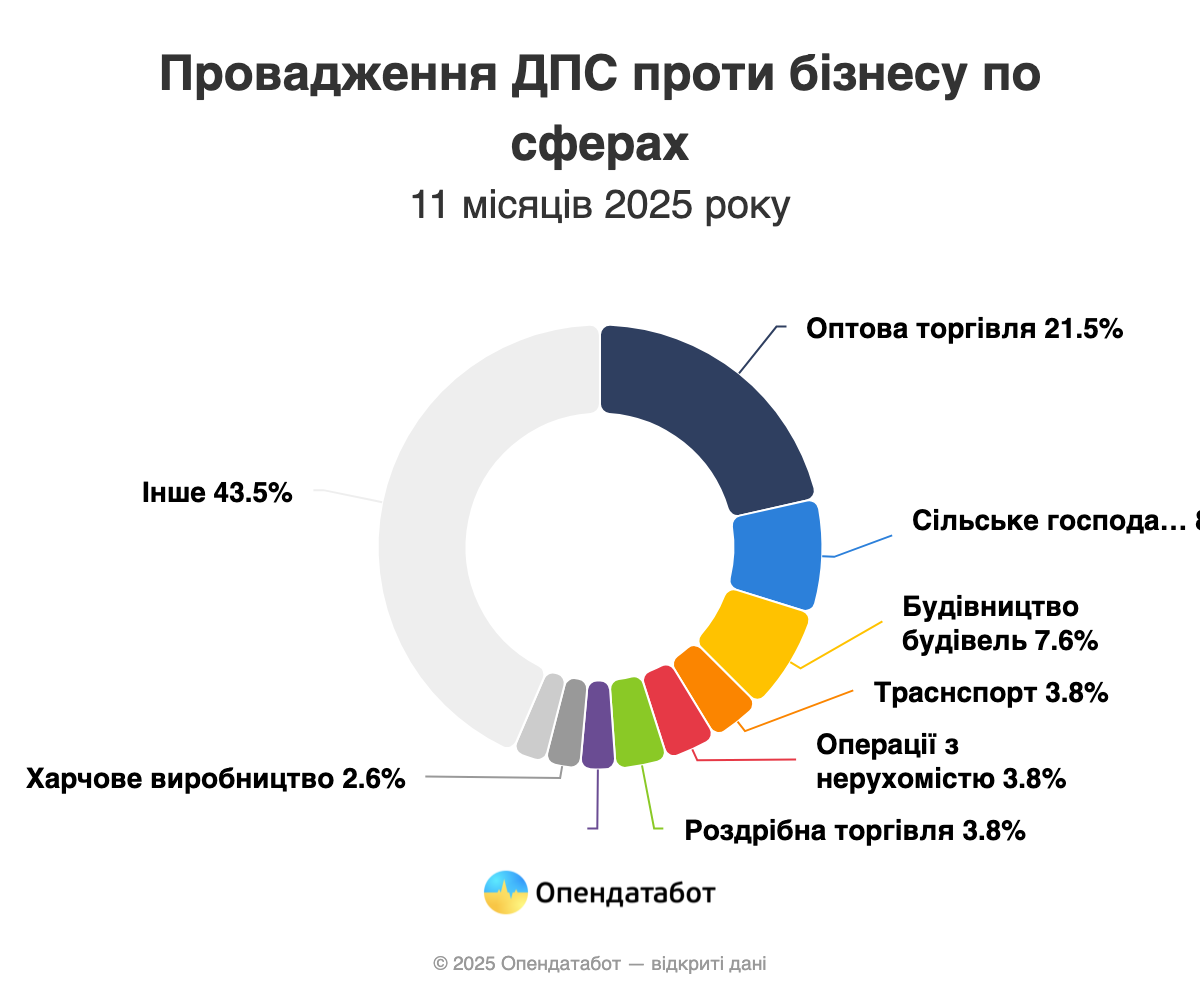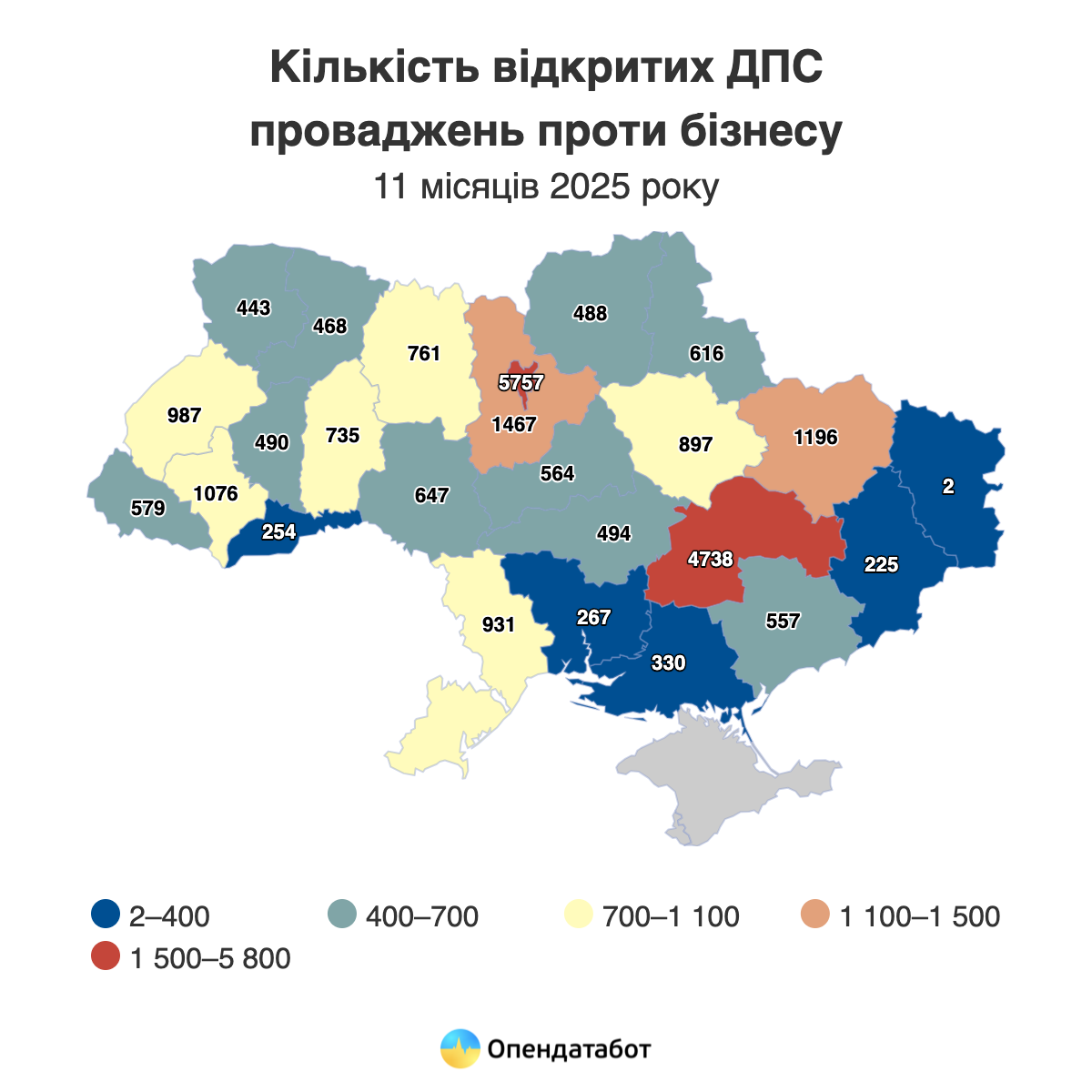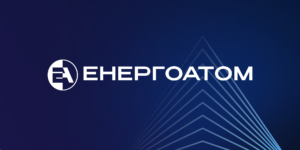
In 2025, the Ternopil cereal factory EKOR TZ LLC modernized its production and installed a line for the production of six types of instant cereals, the company’s press service reported on Facebook.
“The company is launching a line for the production of six types of cereals, which was implemented in cooperation with the Ukrainian equipment manufacturer OLIS with the support of partners from USAID Agro,” the statement said.
The new production line will produce wheat, buckwheat, barley, pea, and two types of oat cereals.
“For us, this is not just a new production line—it is a strategic step towards the development of the Ukrainian processing sector. We want to show that it is possible to manufacture European-level products in Ukraine using domestic raw materials and modern technologies,” said Volodymyr Didenko, director of EKOR TZ LLC, whose words are quoted in the press release.
Basis equipment is used at the cereal packaging stage. Additional equipment has been installed to control weight and a metal detector to prevent metal objects from entering the product. Product quality is checked at every stage of production.
The company intends to expand its cereal business in 2026 and will produce cereal mixes: “5 grains” and “7 grains.” In addition, the company is currently exploring the prospect of producing energy bars and muesli and researching the equipment supplier market.
EKOR TZ LLC was established in 2021 in Ternopil. It specializes in the production of cereals for the flour milling industry, which it sells under the Ekor trademark. According to information on its website, the company annually produces 8,000 tons of buckwheat groats, 5,000 tons of wheat, barley, and pea groats, which are sold in Ukraine and exported to Canada, the US, Argentina, Brazil, Africa, India, China, and other countries.

Over 25 thousand proceedings were opened by the State Tax Service against companies in 11 months of 2025. This is 35% more than before the start of the full-scale war. Most of these proceedings were opened in Kyiv, Dnipropetrovs’k and Kyiv regions. Every 5th proceeding this year was opened against businesses in the wholesale trade sector. Among the companies that have received comments from the State Tax Service are Derevtekhservice, Kravbud, the editorial office of the Kreminna city newspaper, and the Kryvbas football club. Myrhorod Bakery Plant No. 1 has accumulated the most proceedings over time.
The Tax Service opened 25,035 proceedings against companies this year. This is 1.7% less than last year, but 35% more than before the full-scale campaign. These are enforcement proceedings to collect fines, taxes and fees from businesses in favor of the State Tax Service.
One in four proceedings against businesses was opened in Kyiv this year – 5,757 cases from the Tax Service. Dnipropetrovs’k region is catching up with the capital: 4,738 proceedings. Kyiv region closes the top three with 1,467 proceedings.
The largest number of proceedings was opened by the Tax Service against businesses in the field of wholesale trade – 5,380 cases. The second place is taken by agriculture and hunting: 2,092 proceedings. The construction sector is next: 1,910 cases.
The leader among the companies against which the Tax Service has opened the most proceedings is the private enterprise Derevtechservice with 29 proceedings. It is followed by Kravbud (22), the editorial office of the city newspaper Kremin (20) and the Kryvbas football club (17).
It should be noted that not all proceedings are visible now – some have already been settled, so they have disappeared from the list. If we look at active proceedings, i.e. those that were opened a long time ago but have not yet been closed, the absolute leader here is Myrhorod Bakery No. 1 with 79 active proceedings. It is followed by Kvarsit (40) and Lers (39).
The highest number of active proceedings is currently in Kyiv (4,157), Dnipropetrovs’k region (3,931) and Kharkiv region (1,418).



The business community, united by the American Chamber of Commerce in Ukraine (the Chamber), calls on international partners to immediately increase air and sea defense over Ukraine, particularly the Odesa region and critical Black Sea port infrastructure.
Russia continues to destroy and humiliate American businesses in Ukraine. Russia’s recent missile and drone attacks targeting Ukraine and the Odesa region
The current situation poses a direct risk of disrupting global food and commodity supply chains, with far-reaching consequences for international markets and food security, including higher food prices and worsening hunger in vulnerable countries.
While it is difficult to estimate the real-time losses of grain and oilseed exporters, they are currently estimated at hundreds of millions of dollars per month. Without substantial strengthening of air and maritime defense systems, both Ukrainian and international businesses will face critical operational challenges, including the inability to charter vessels and obtain insurance coverage for vessels, crews, and cargo.
The Chamber calls on international partners to urgently strengthen Ukraine’s air and maritime defense in order to save civilian lives, ensure the security of critical infrastructure, ports, and the continuity of global trade and food supply chains.
https://interfax.com.ua/news/press-release/1129438.html
AMERICAN CHAMBER OF COMMERCE, BLACK SEA, PORT INFRASTRUCTURE, UKRAINE

JSC “NAEK ”Energoatom” fully fulfilled its special obligations to ensure the availability of electricity for domestic consumers (PSO), aimed at reducing its cost for the population, covering 100% of the cost of the service from January to November 2025 in the amount of UAH 148 billion (including VAT).
“Energoatom allocated UAH 16.154 billion for the PSO service in November, continuing to bear the key financial burden in the social tariff support system,” the company said on Wednesday.
In the context of military challenges, PSO remains one of the tools for supporting the population.
In total, the projected cost of PSO services for JSC NAEK Energoatom in 2025 is UAH 166 billion (including VAT).
“We would like to remind you that Energoatom covers about 85% of the financial burden necessary to fulfill special obligations to protect the public interest,” NAEK noted.
In 2024, the company paid UAH 153.184 billion (including VAT) for the PSO service.
As reported, in 2024, Energoatom allocated 58% of its net income to pay for PSO. The company’s net profit for the past year amounted to UAH 1.3 billion.
In turn, NAEK’s pre-tax profit for January-September this year amounted to UAH 15 billion 716.90 million, and its net profit was UAH 12.83929 billion, while in the same period last year, the company had a loss of UAH 5.50344 billion and UAH 4.59346 billion, respectively.
As noted in the company’s report, which is available to the Interfax-Ukraine agency, Energoatom’s revenue for the first nine months of this year increased by 33.4% to UAH 173.87386 billion.
Energoatom currently operates nine power units at the South Ukraine, Rivne, and Khmelnytskyi nuclear power plants with a total capacity of 7,880 MW, which are located in territory controlled by Ukraine.
The Zaporizhzhia NPP, with six VVER-1000 power units with a total capacity of 6,000 MW, has not been producing electricity since September 11, 2022, after its occupation on March 3-4, 2022.

Imports of zinc and zinc products in January-November 2025 fell by 11.3% to $48.590 million. In November, imports amounted to $3.070 million.
Zinc exports for the 11 months of 2025 reached $1.166 million, in November — $22 thousand, while in January-November 2024 it was $463 thousand.
In 2024, imports of zinc and zinc products increased by 27.5% to $58.610 million, while exports amounted to $563 thousand.
In 2023, the country increased imports of zinc and zinc products to $45.966 million (+18.8%), while exports fell to $130,000 compared to $1.331 million in 2022.
Pure metallic zinc is used to recover precious metals, protect steel from corrosion, and for other purposes.

According to Serbian Economist, Austrian Palfinger has commissioned production facilities in Niš (southern Serbia), the site produces steel components and subassemblies for a wide range of crane equipment.
According to Tanjug News Agency, the plant employs 179 workers and the employment plan is to grow to 375 in a year’s time.
Palfinger previously announced that it is investing EUR 35.5 million in a component plant in Niš and is gradually expanding production of steel parts and sub-components for different product lines, from cranes to access platforms.
The Serbian Development Agency (RAS) pointed out that the production of the Niš site is export-oriented, including to France, Germany, Austria and Slovenia; the possibility of establishing an R&D center with the involvement of young specialists from the University of Niš was also discussed.
Stabilizers for trucks and other vehicles were named as one of the first areas of specialization of the plant, with further expansion of the product range with new projects. Separately, Palfinger said that the complex is designed to be energy efficient – it plans to install photovoltaic panels on the roof area of about 15,000 square meters, which should provide about 2 MW of peak power upon completion.
Palfinger is an Austrian engineering group operating in the cranes and lifting solutions segment. The company describes the project in Niš as part of the expansion of its European production network, and RAS characterizes Palfinger as a global leader; the group’s key product is articulated truck-mounted cranes (truck-mounted cranes), with approximately 150 models.
https://t.me/relocationrs/1959
Serbia, Palfinger